Ultim Challenge: These are the favourites for the solo race around the world
Andreas Fritsch
· 06.01.2024
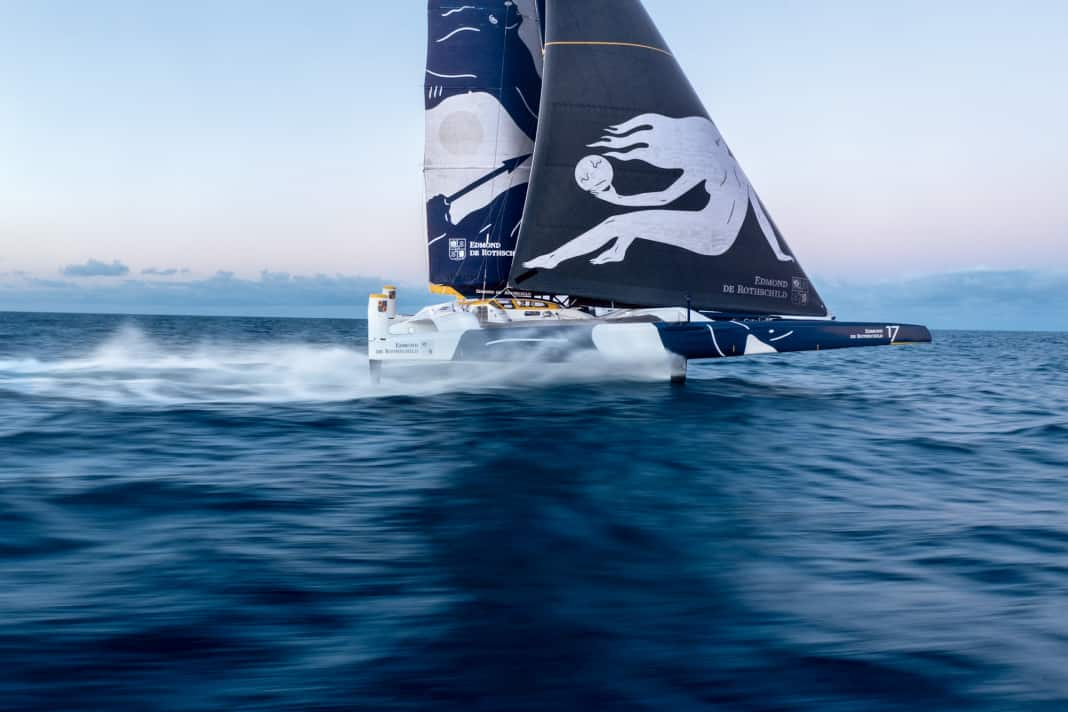





The race was actually supposed to take place much earlier, but the difficult search for sponsors and the long construction and development times for the boats made it difficult for the young class. It takes just over two years to build such a boat, and it will take at least another year to realise its potential and eliminate the teething troubles. For a project capable of winning, a sponsor must first be found who has the patience and around 30 to 40 million euros.
And then there was the disaster of the 2018 Route du Rhum Race: Armel Le Cléac'h rammed a UFO in a storm, a beam broke, the boat capsized and finally broke up. The skipper was rescued, but the class then waited practically three years until Team Banque Populaire, one of the scene's established names, had completed the new boat.
Ten years ago, nobody could have predicted that boats weighing around 15 tonnes would soon be "flying" across the world's oceans at speeds of two to three metres, sometimes over 40 knots, but now it is a reality. However, just like the Vendée Globe, some boats are at different stages of development and the leaps from one generation of boats to the next are considerable. And their skippers, some of them rock stars of the offshore regatta scene, are also rated differently. We introduce skippers and boats and categorise their chances of winning.
"Edmond de Rothschild"
The Gitana team is the pioneer of foiling Ultim development. It previously converted an MOD 70 to foils, gained experience and developed the Tri with star designer Guillaume Verdier in 2017. A new build has just been announced. No boat had more development time - and budget. It took a year before the teething troubles were ironed out and a winning streak began: Route du Rhum victory, Transat - everything that skippers Charles Caudrelier and Franck Cammas touched turned to gold. The ship is regarded as THE class leader. Two Jules Verne attempts had to be cancelled due to collisions with flotsam and technical problems. Caudrelier is a two-time Volvo Race winner and is considered level-headed, ambitious and hard on himself. He is probably the man to beat.

- Charles Caudrelier, 49th strongest boat in the field and an accomplished top skipper
- Chances: 9/10
"Sodebo Ultim 3"
No one has more experience of a non-stop single-handed circumnavigation with an Ultim. Coville has completed two rounds single-handed with Tris, one of which gave him the record in 2016 before François Gabart overtook him. Coville is a sailing legend, Volvo Race winner, Jules Verne Trophy record holder, Route du Rhum winner, Vendée participant - he has achieved almost everything. He considers the race to be his career highlight. However, the "Sodebo Ultim", a design mix by VPLP and his team that was completed in 2019, always lagged well behind the "Gitana" and "Banque Populaire" due to budget constraints. The boat was not designed as a complete foiler and the development into a full foiler came late, in 2022. He was recently able to narrow the gap. Could be good for a surprise.

- Thomas Coville, 55, the most experienced skipper, but the boat is considered a little too heavy
- Chances: 7/10
"SVR Lazartigue"
The grace in the starting field. The boat built by VPLP for François Gabart and further developed by him is probably the most filigree foiler and has an uncompromising aerodynamic design: Instead of a classic cockpit, it has a flush deck with two jet-like glass domes including an autopilot wheel for all-round visibility. This caused trouble: the Ultim class filed a lawsuit against the design, and it wasn't until 2022 that an agreement was reached and Gabart had to rebuild. The Tri is the youngest boat in the fleet (August 2021), had hardly any problems and was very fast right from the start, twice coming second in the Transat, the same position in the Route du Rhum.
position at the Route du Rhum. François Gabart has purposefully built up rookie Laperche as skipper since 2021, but he lacks round-the-world and single-handed experience. Shortly before the start, structural
Problems on the front beam.
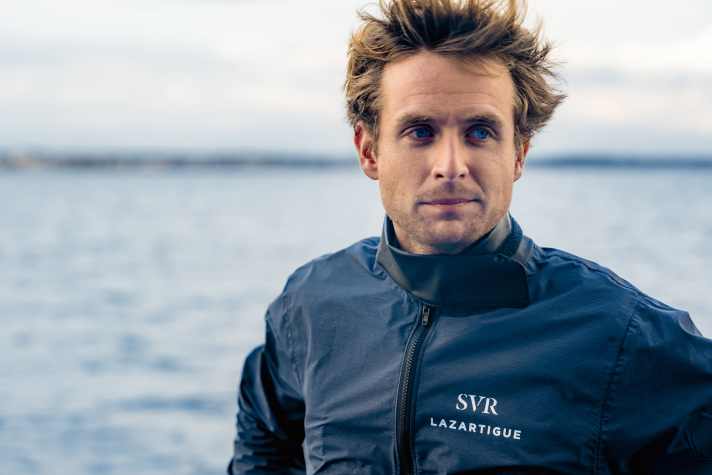
- Tom Laperche, 26, young skipper without round-the-world experience, but with a top boat
- Chances: 6/10
"Banque Populaire XI"
The 2017 Vendée Globe winner's switch to the Ultim class in 2018 almost ended in tragedy: During the Route du Rhum, his brand-new tri broke up in heavy weather after a UFO collision, capsized off the Azores and sank. He narrowly escaped with his life. After VPLP cracks, the sponsor then financed a new boat, which was massively modified in view of the progress made in foiling: foils twice as large as those of the predecessor, the structure of the beams, which had failed, massively reinforced. The Tri entered the water in April 2021. Then bad luck on the Route du Rhum in 2022 when a foil broke. Skipper and boat only got going in 2023, having just won the Transat Jacques Vabre. Le Cléac'h is a top man, but he and his boat are only slowly improving.
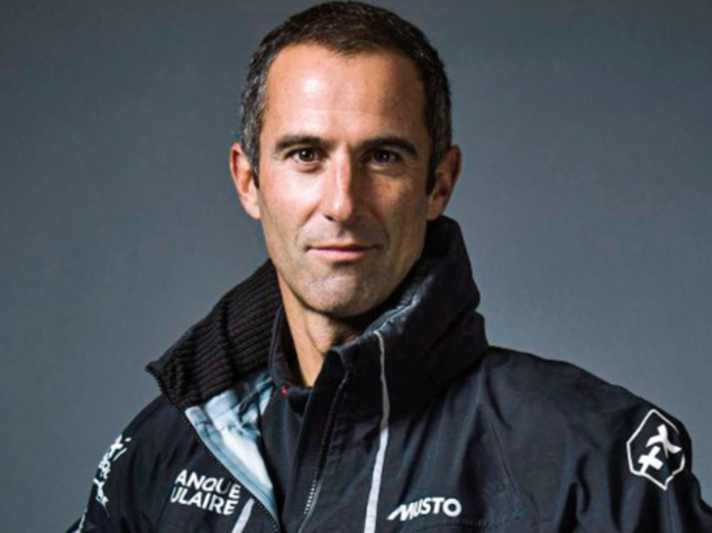
- Armel Le Cléac'h, 46th top skipper, top team, the boat still has to prove itself
- Chances: 8/10
"Actual Ultim 3"
The VPLP design from 2015 is the old "Macif", with which François Gabart set the single-handed non-stop world record in 2017. Back then, it took him just over 42 days. Since then, the boat has undergone a major overhaul and is now significantly faster. It now also has a T-foil on the main hull, longer T-foils on the oars and brand new foils in the floats. Nevertheless, it is two metres shorter than the other boats and was not originally designed as a foiler. As a result, it was clearly inferior to the younger boats designed for foiling in all previous races. But "Actual" is considered to be very reliable. Another question mark is the skipper, who has never sailed the boat or any other tri single-handed in a race. However, he does have experience in the Volvo Ocean Race.
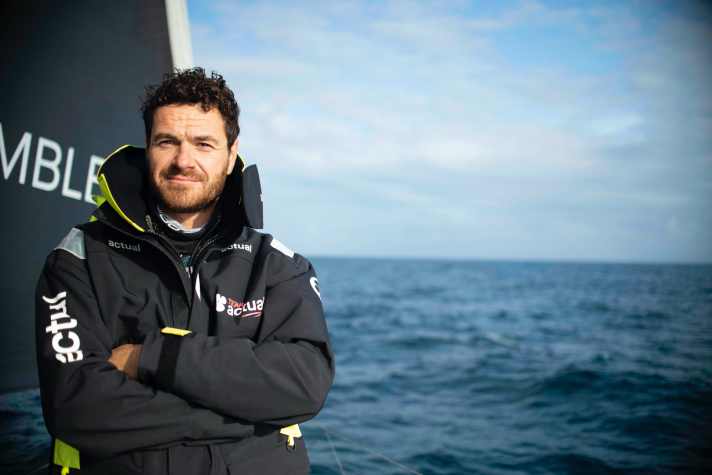
- Anthony Marchand, 38th newcomer to the class with little one-handed ultimatum experience
- Chances: 3/10
"Adagio"
In a cloak-and-dagger operation, the offshore trimaran skipper from the Ocean 50 class suddenly appeared as the sixth starter. He is bringing Thomas Coville's old "Sodebo Ultim" to the line, which the organiser bought and chartered out in 2022, most recently to Arthur le Vaillant as "Mieux" for the Route du Rhum. The boat is an upcycling project: the hull is the 22-year-old "Geronimo" by Olivier de Kersauson. Thomas Coville lengthened the hull, built new floats and made the ship six tonnes lighter. This turned the tri into one of the first Ultims, which Coville sailed around the world in 49 days and won the Route du Rhum in 2017. A tried and tested boat, but a non-foiler that will be left behind. Péron also lacked budget before the start. His declared goal: to arrive!
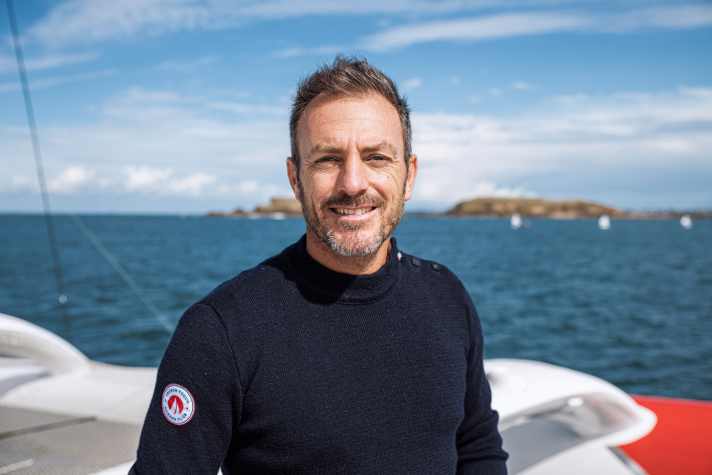
- Éric Péron, 42nd last-minute addition with the only non-foiler in the field
- Chances: 1/10

